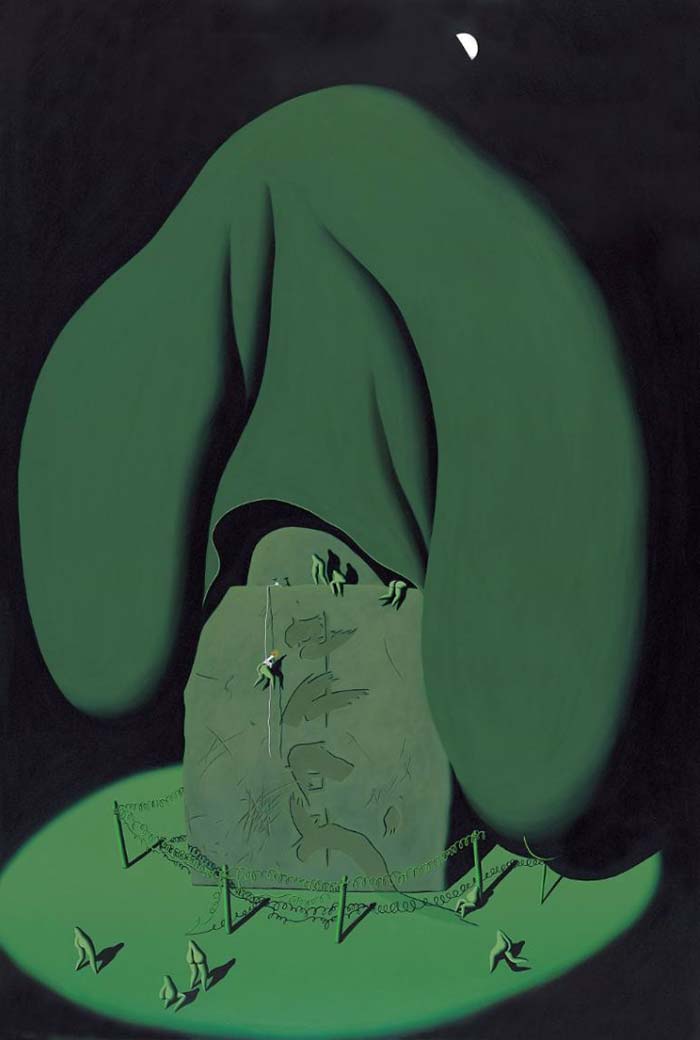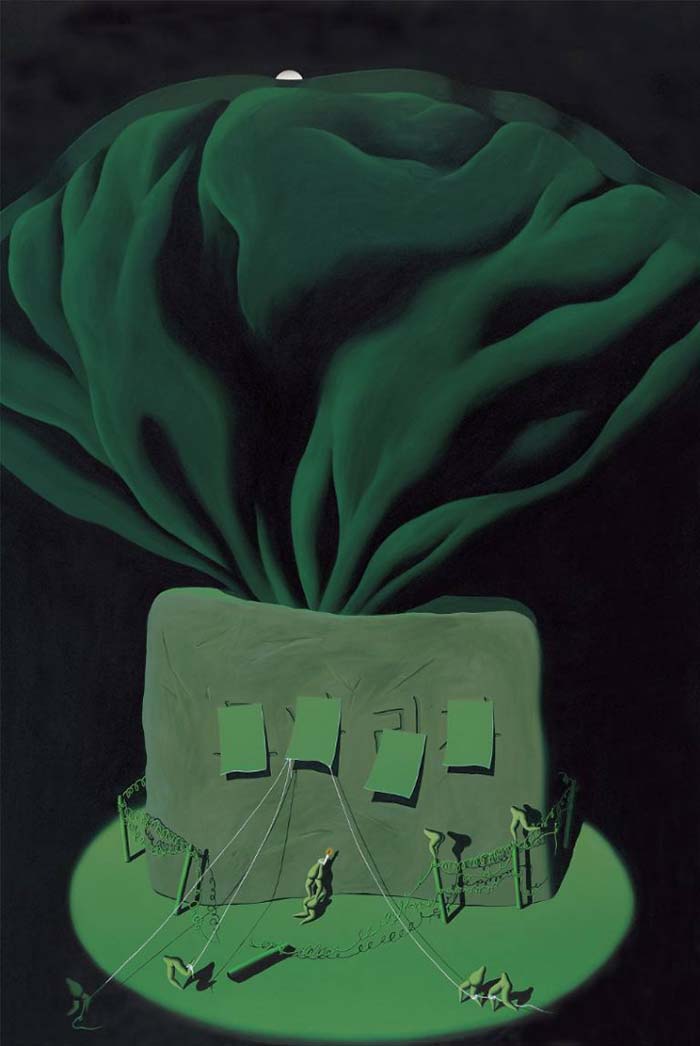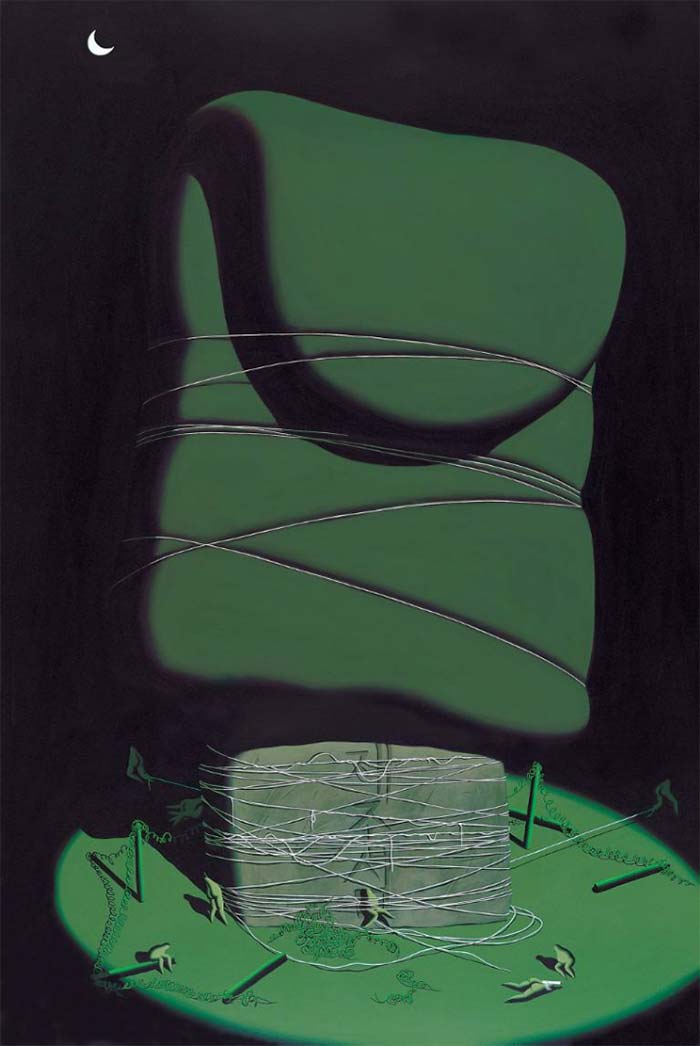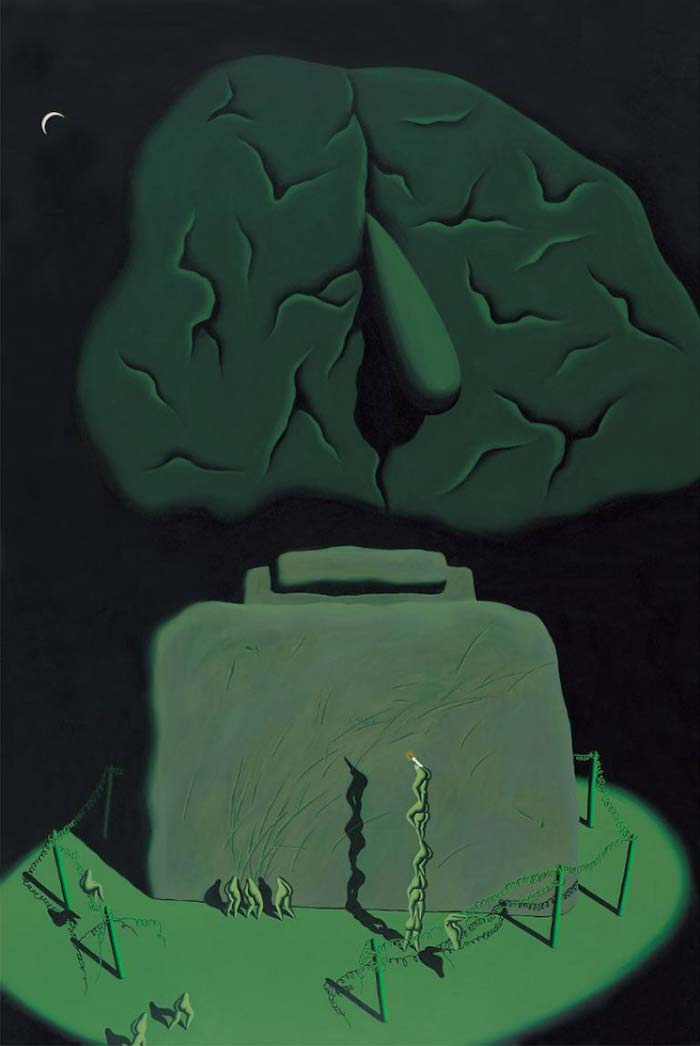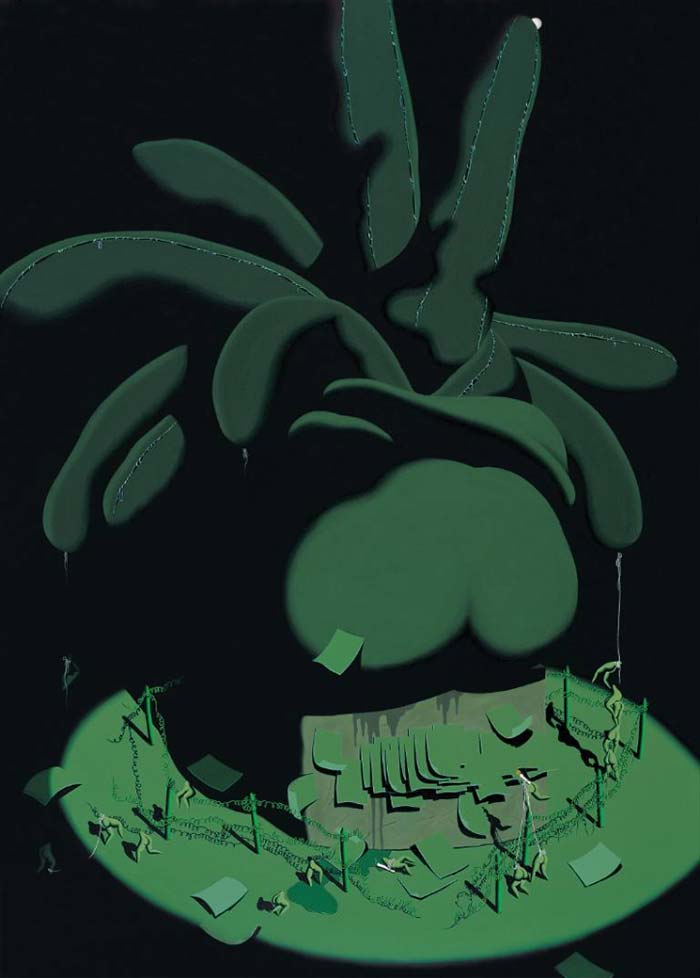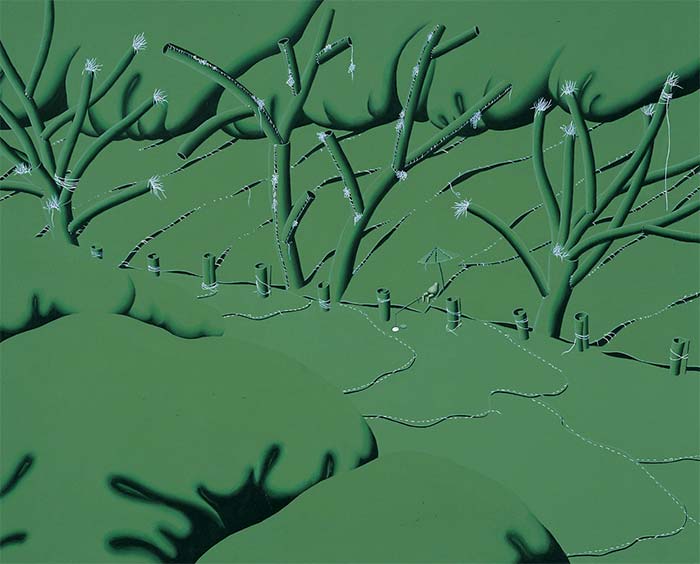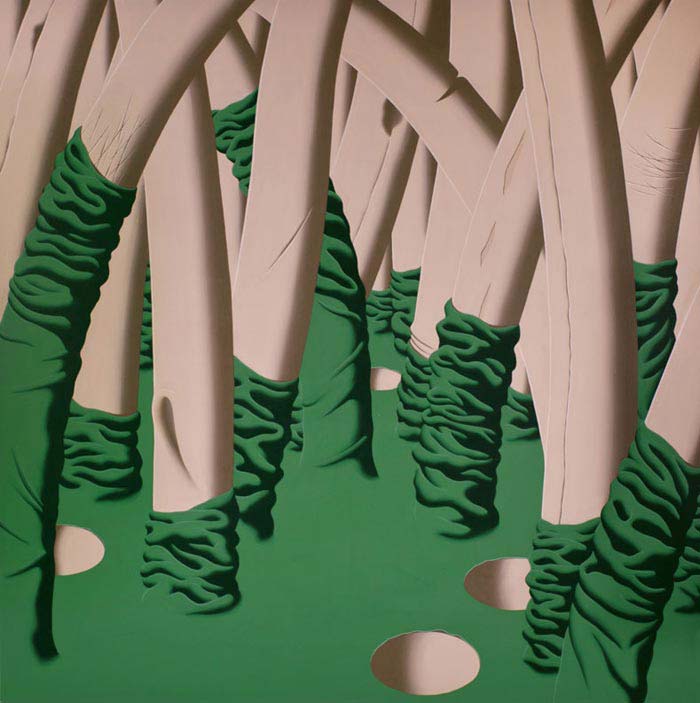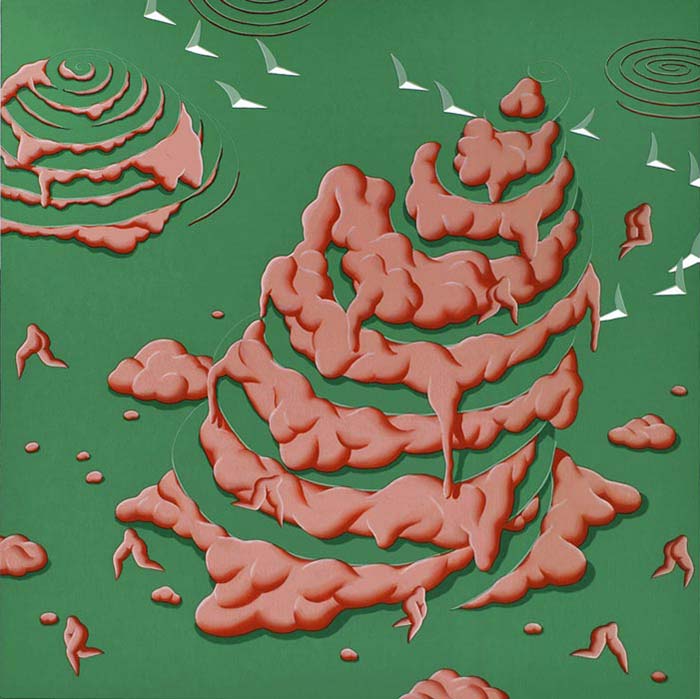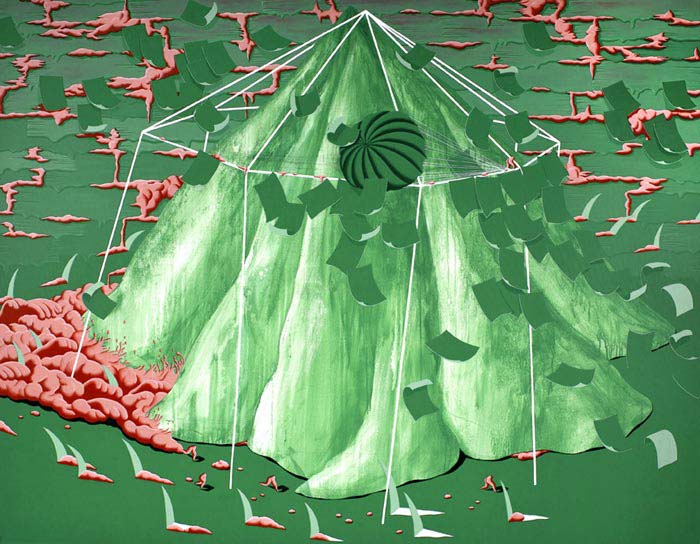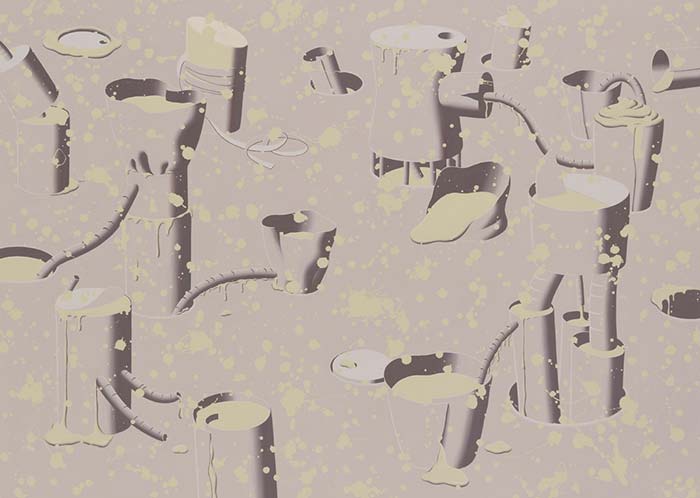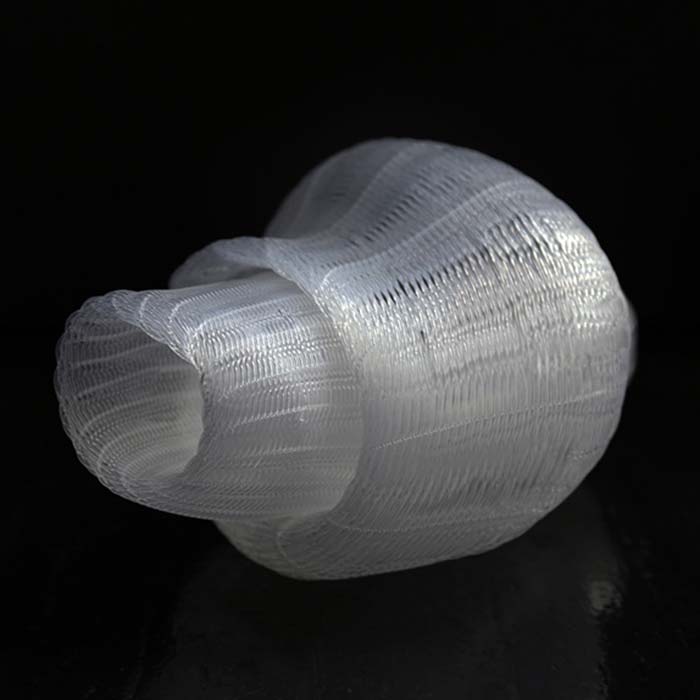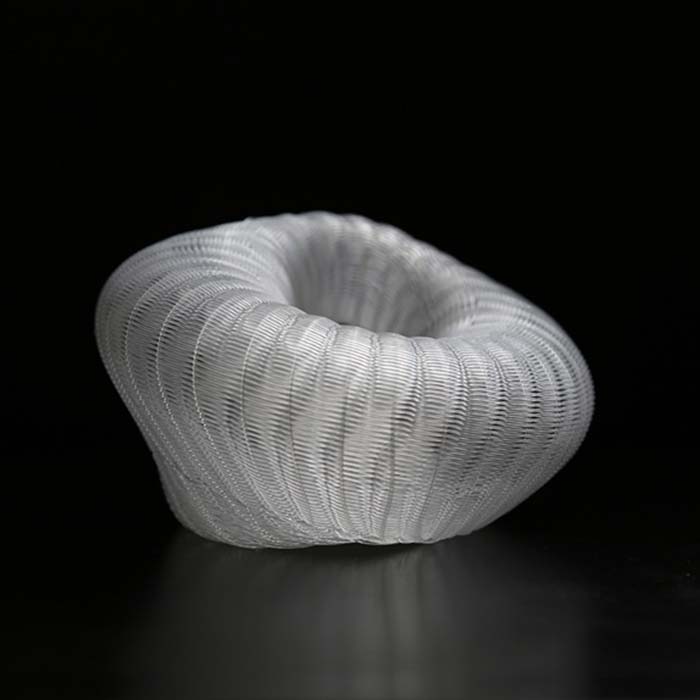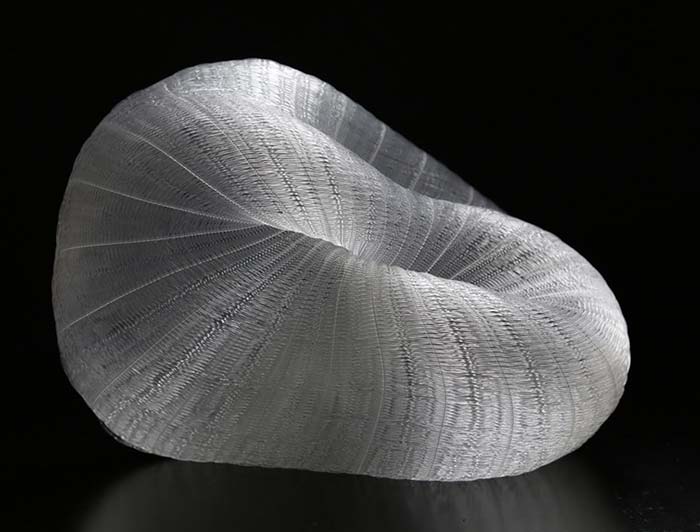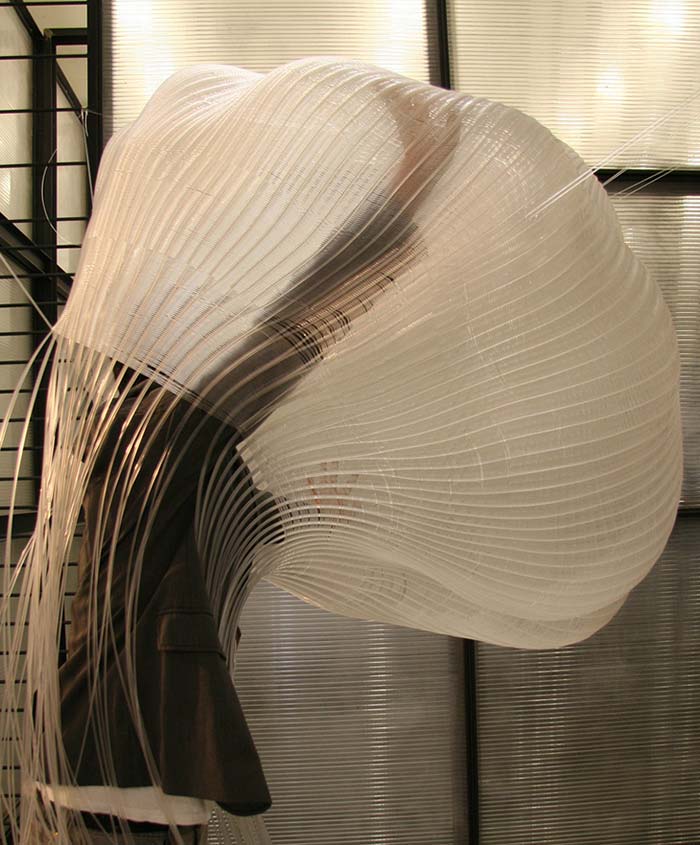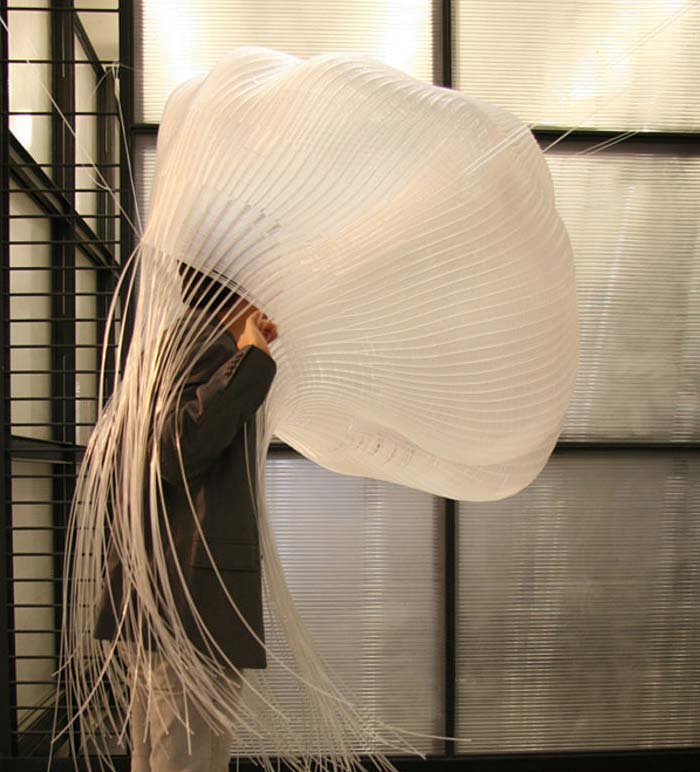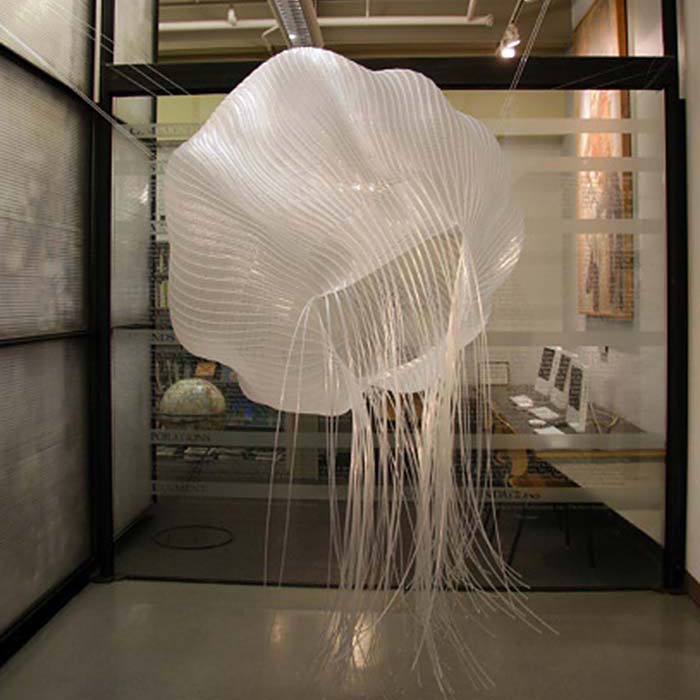— Voice and Dance Performance, 15min
Public spaces at Palais Garnier, Paris, France
Project by Ayoung Kim & Sébastien Bertaud
Music Composition: Hyun-Hwa Cho
The project was realized under Pavillon Neuflize OBC program, research lab of the Palais de Tokyo 2015/2016 during its collaboration with the Opéra national de Paris, the Institut national de l’audiovisuel and the Groupe de recherches musicales (INA– GRM).
The bitumen appears both in ancient myths of great floods common to humankind and in the construction of Palais Garnier, an Opera house in Paris. When Palais Garnier was under construction, a branch of the Seine flooded. The architect Charles Garnier built an underground reservoir plastered with bitumen in order to stop the flooding that would not stop even after months of efforts to empty it. This space has protected Palais Garnier as the ballast water puts weight on the hull to stabilize the unloaded ship.
The artist has constructed In This Vessel We Shall Be Kept from appropriating common elements across time and space, which include the vessel (or the arc) waterproofed with bitumen to save the humanity from rain falling night and day for many days, the great flood mythologies and catastrophes.
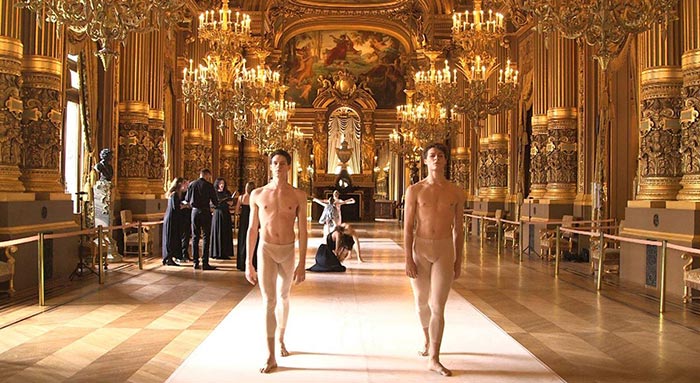
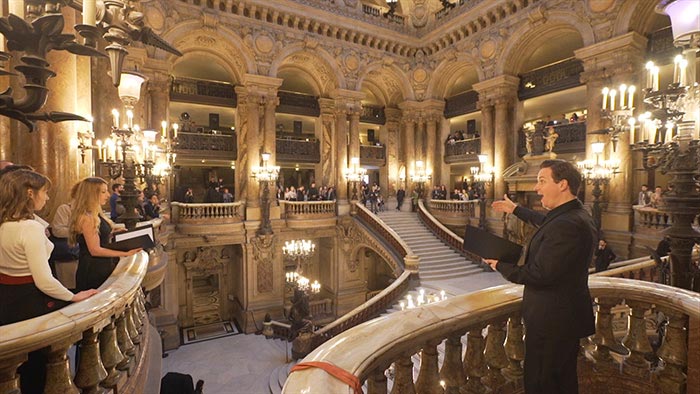
In This Vessel We Shall Be Kept_Performance (2016) — Voice and Dance Performance, 15min
The project takes root in the basement of the Palais Garnier – specifically in the depths of its famous underground “lake” – to stage a long forgotten mythical flood. This artificial reservoir, which dates back to the construction of the edifice, is coated with pitch – a petroleum derivative with waterproofing properties – with which Noah supposedly caulked the hull of his ark. The Opera Garnier will become the flamboyant manifestation of a forgotten flood. (Chloé Fricout)
The bitumen appears both in ancient myths of great floods common to humankind and in the construction of Palais Garnier, an Opera house in Paris. When Palais Garnier was under construction, a branch of the Seine flooded. The architect Charles Garnier built an underground reservoir plastered with bitumen in order to stop the flooding that would not stop even after months of efforts to empty it.
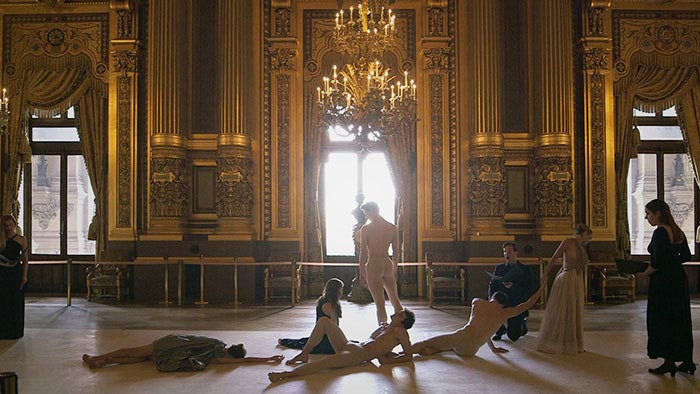
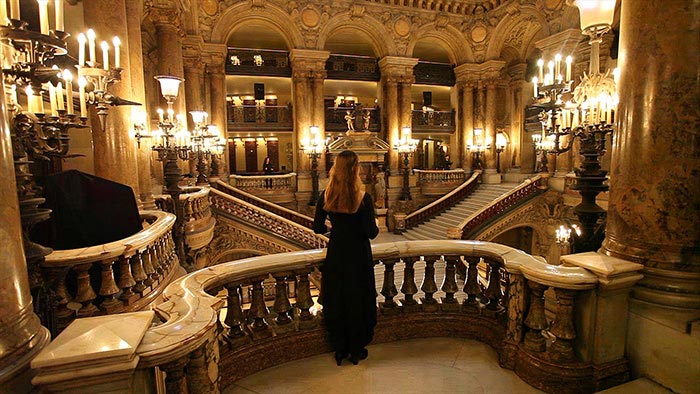
This claustrophobic space has protected Palais Garnier as the ballast water puts weight on the hull to stabilize the unloaded ship. On top of this historical fact of Palais Garnier, the structural similarities of place inside of the opera house called ‘nef (nave)’ in French which is structurally shaped like a boat and designates the central corridor of the temple/cathedral.
The artist has constructed In This Vessel We Shall Be Kept from appropriating common elements across time and space, which include the vessel (or the arc) waterproofed with bitumen to save the humanity from rain falling night and day for many days, the great flood mythologies and catastrophes: the archetype and mythical elements of the great flood make common appearances from the Bible, Quran and the Epic of Gilgamesh of the ancient Mesopotamia which is now a troubled region. Also the structure of Palais Garnier and contemporary disaster narratives are diffused in the project.
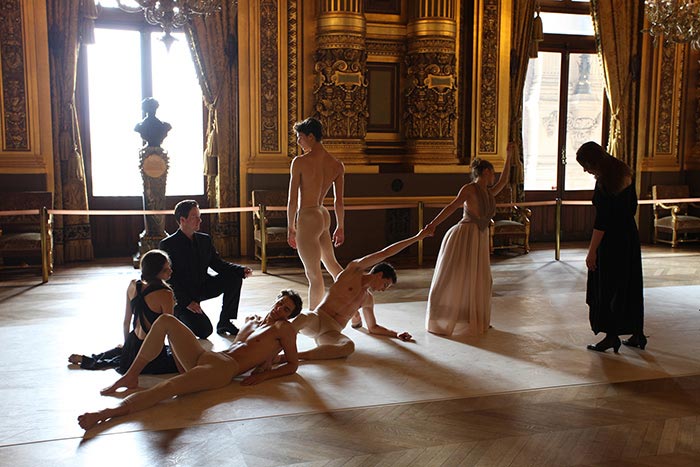
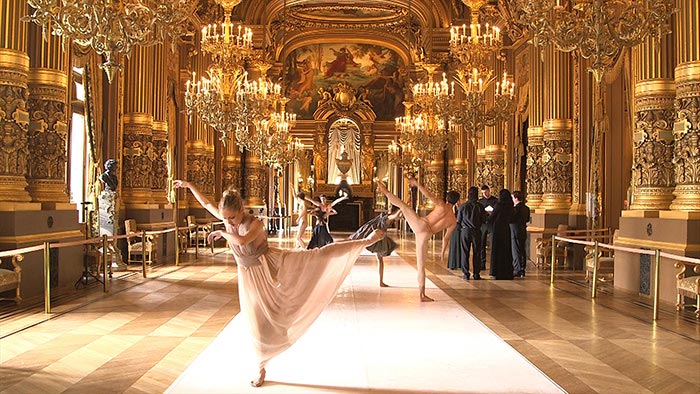
The project was realized under Pavillon Neuflize OBC program, research lab of the Palais de Tokyo 2015/2016 during its collaboration with the Opéra national de Paris, the Institut national de l’audiovisuel and the Groupe de recherches musicales (INA– GRM).
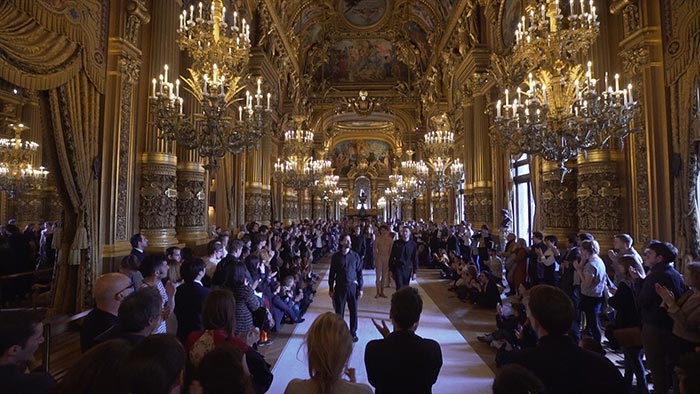
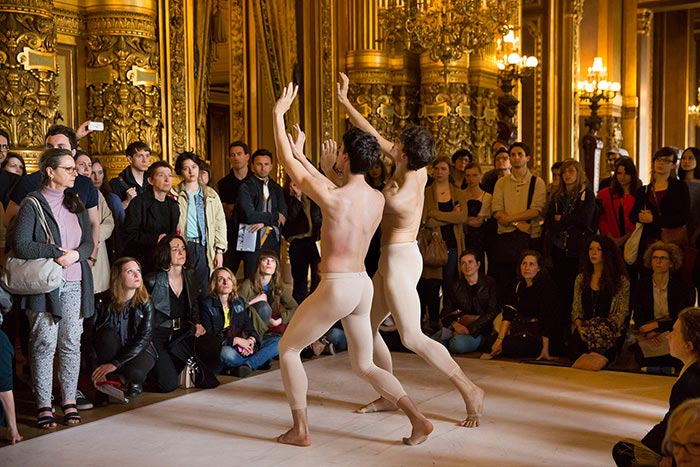
Ayoung Kim (Currently lives and works in Paris and Seoul.)
Interested in the relationship between image, language, voice/sound and the formal properties of these elements, Ayoung Kim’s porous narrative structures seek possible integrations, articulations and collisions of things in between time, space, structure and syntax. In doing so, Ayoung Kim plays with the notions of crossings, transmissions, translations, transpositions and reversibility by focusing on unlikely encounters of ideas. Open to multidisciplinary and criss-crossing collective working processes, she adopts the devices of storytelling, narrativity and rhetoric to evoke alternative forms of reading, listening and thinking of our present human condition. Her work stands as experimentation focused on various types of writing and the narrative structure, on visual, sonic and linguistic levels.
Ayoung Kim had solo shows at Melbourne Festival (2017); Palais de Tokyo (2016) and created a performance at the national opera house in Paris, Palais Garnier (2016). She presented her works at the 56th Venice Biennale, Italy (2015); Maraya Art Centre, Dubai, UAE (2015); Künstlerhaus Bethanien, Berlin, Germany (2012); Leeum Samsung Museum of Art, Seoul, Korea (2012); Museum of Arts and Design (MAD), New York, US (2011); Museum of Modern Art of Rio de Janeiro(MAM), Brazil (2011); 176/Zabludowicz Collection, London, UK (2011); Royal Academy of Arts, London, UK (2010) and many others. She was a resident artist at Pavillon Neuflize OBC Research Lab of Palais de Tokyo (2015-2016), and Künstlerhaus Bethanien, Berlin (2012). She was awarded The British Institution Award from Royal Academy of Arts in the UK in 2010 and Young Artist of the Year Award from the Ministry of Culture in Korea, 2015.
Ayoung Kim

